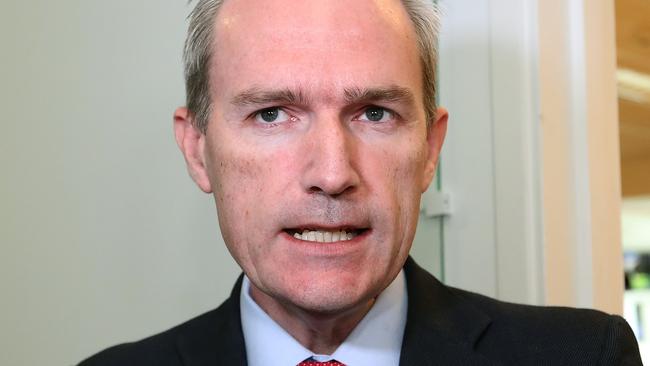Regional migrants scheme a ‘fantasy’
The next government will need to reform the immigration portfolio, says Migration Council.

The Migration Council of Australia has called on the incoming government to overhaul the immigration portfolio amid warnings that mismanagement of the migration program will have a “profound impact on our economy and our social cohesion”.
The warning was sounded as Scott Morrison’s plan to move migrants to the regions was challenged by independent think tank the Grattan Institute as a “dangerous fantasy” that would fail to address overcrowding in the cities.
Migration Council of Australia chief executive Carla Wilshire yesterday urged the winner of the May election to rethink resource allocation to the migration program, warning it had been effectively downgraded in the merger with Home Affairs.
“I am increasingly concerned that the migration program is not being properly managed,” she said. “Fixing this will be a big job and it needs to a priority of an incoming government of any persuasion.
“Australia’s citizenship backlog is now the largest in our history with well over 220,000 people waiting to have their applications progressed. We have an unprecedented build-up of spouse visas with the queue growing to tens of thousands and we have up to 30,000 people claiming asylum each year arriving by plane.
“Business and community groups are not being appropriately consulted on how the migration program affects their industries and there is reduced corporate knowledge and policy capacity in the migration area of Home Affairs.”
Ms Wilshire also said the new annual cap of 160,000 on the permanent migration intake — revealed by The Australian last month — could have a negative impact on the economy, while the rollout of new regional visas could “create further issues around implementation and integration”.
Mr Morrison announced last month a decision to set aside 23,000 places for two new visa classes for skilled workers to live and work outside Melbourne, Sydney, Brisbane, Perth and the Gold Coast for three years before accessing permanent residency.
The Grattan Institute warned that the push to direct migrants from the cities to the regions would not fix city congestion, arguing the move was more likely to sap productivity. “Even if the scheme were successful in increasing migration to regions, it would not reduce city population pressures. Net overseas migration is dominated by … international students and working holiday (‘backpacker’) visas,” the Institute said in its “Orange Book” for an incoming government.
“Despite policy experience, wishful thinking persists that government policy can somehow shift significant populations from capital cities to regions … But it is a dangerous fantasy. It provides an excuse for governments to avoid making the hard decisions that would improve housing affordability and how our cities work.”
Immigration Minister David Coleman said it was “very important that the migration system is more closely matched to the needs of regional Australia” and noted the reduction in the permanent intake was accompanied by a “record $100 billion of infrastructure across the country”. “The requirement that people live and work in regional Australia for three years in order to obtain permanent residency will ensure a high level of compliance, as has been seen with the existing 489 visa,” he said.
Abul Rizvi, a former deputy secretary of the Immigration Department, warned that visa processing functions had “lost out” after being subsumed into the super portfolio of Home Affairs.




To join the conversation, please log in. Don't have an account? Register
Join the conversation, you are commenting as Logout